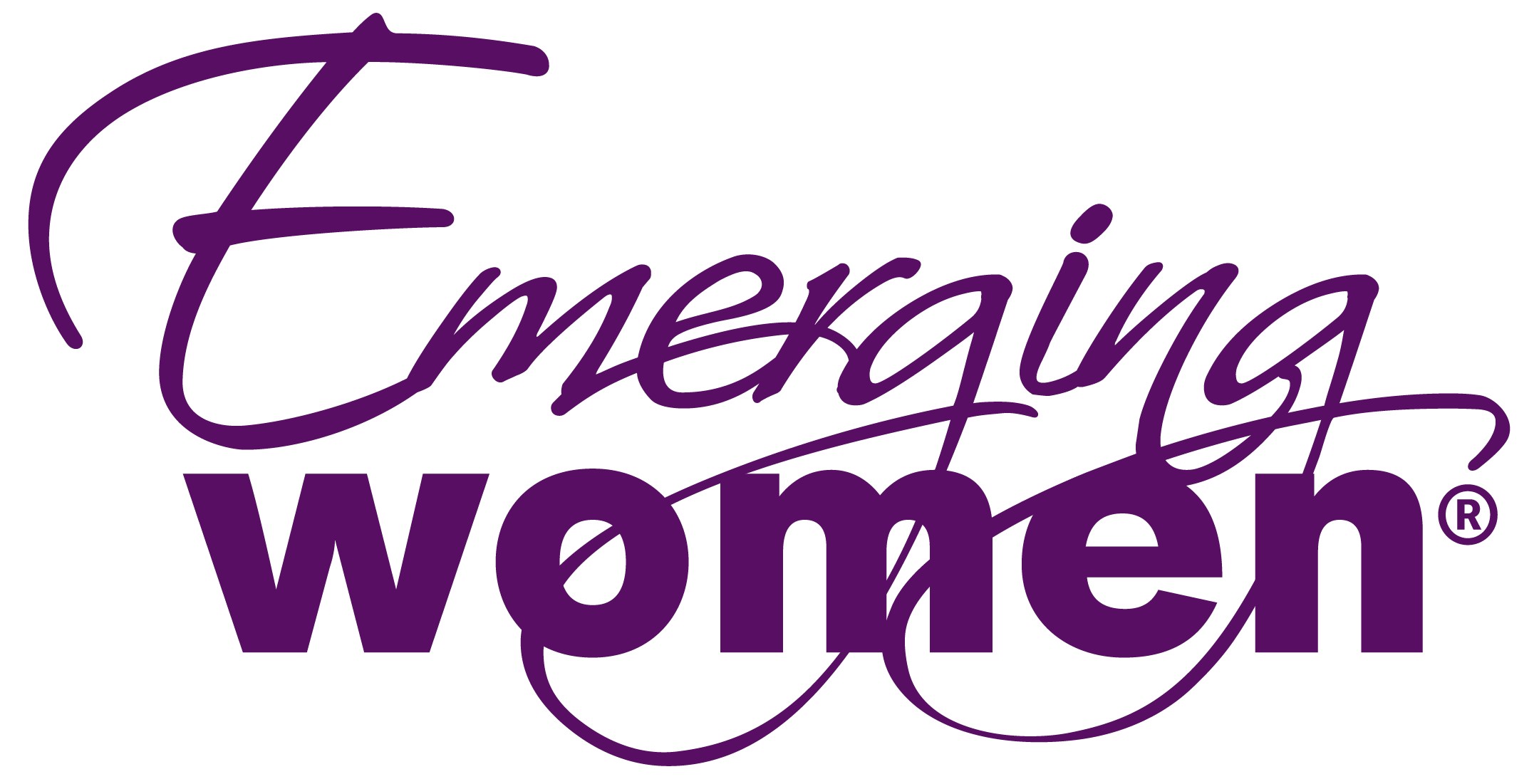Surely you’ve heard the clichés: The customer is always right. Give the client what they want. Just do what you need to do to make them happy. If all else fails, give them their money back.
But when have clichés ever been a source of wisdom for building relationships with the people who matter most?
They offer no guidance in the often-messy reality of responding to customers’ needs and wants. It’s not for the faint of heart. Anyone who’s been in business long enough will know immediately what we mean: someone comes to you with a complaint, or a critical question, or a request that you change your policy just this once, as a favor, because it’s the “right” thing to do.
When you’re sitting at the computer with a knot in your stomach, you might acquiesce and just make the problem go away. In the painful moments it may be easier to defy your intuition and good sense than to speak an uncomfortable truth or hold a contested boundary. This is especially tempting when you mistakenly believe that the goal of customer service is to make people happy.
But here’s the truth: “good customer service” doesn’t mean putting your needs second. In fact, a more seasoned, intuitive, and courageous approach to customer service may just get your clients what they need instead of what they want.
In thinking creatively and in your willingness to speak a harder truth when necessary, you may serve customers in ways that they’ve never imagined, which have little to do with the product or service you’re selling. That’s what’s possible here. And in that capacity, you build your brand value along with your contribution to the world.
Most of us don’t even realize the ways we undermine ourselves. So here are the top 5 ways businesses unintentionally weaken their brand:
1. Falling on your sword to make the customer right.
We’ve all heard it before, but it’s just not true. Customers are human, and as such, they are funny, silly, forgetful, emotional and prone to make mistakes – just like us. They are also compassionate, caring, full of grace and forgiveness – you know, the good stuff – and we wouldn’t want it any other way. There’s no need for the blame game with your clients or customers, but there’s no need for you or your brand take the hit to stroke their ego.
Case in point: we were recently consulting with a client on creating some friendly scripts for failed subscription payments. They wanted their message to be kind and free from shaming language. (Yes, yes, yes, we couldn’t agree more.) However, the current model that they wanted to keep stated, We’re sorry, your payment has failed; perhaps something is wrong with our system (it happens), please try again or use a new payment method.
Do you see what’s happening here? This approach presumes shame on the customer’s part and assumes the blame. But look, failed payments happen. They’re nothing to be embarrassed about. They aren’t a sign of financial insolvency or an indication of personal irresponsibility. More often than not, a failed payment is the result of an expired or stolen credit card. There was no need to preemptively diminish the company’s payment system or apologize for the customer’s own oversight. Neither approach establishes trust in your brand and, worse, the former makes a valid case for customers not using your system in the future.
So keep it simple, stick to the facts, and be positive: Hi there, it looks like we are unable to charge the card we have on file for you. This generally happens when the card expires or some information changes. Here’s a secure link to update your payment information. We appreciate you working with us to get this matter resolved. Thanks!
2. Apologizing for things outside of your control.
Along the same lines, apologizing for things outside of your control sends the message that your business isn’t firmly on top of its moving parts. So one of your emails went to spam, and a client missed an important deadline. Or a customer didn’t receive an autoresponder that was delivering paid-course content. These things happen as a normal part of doing business in the virtual world. Instead of an apology, extend understanding (“Well that’s frustrating, isn’t it?”) and immediately move to a solution. (“We’ve got you covered, we just sent that email again.”)
This holds true even if the response you’re crafting is a troubleshooting email or a response to a complaint. All too often “I’m sorry” is said reflexively, without much thought, as a way to avoid further accountability for a situation. It also weakens your brand. There are more precise and productive ways to express that mayyybe you messed up. (You mess up? Nah.)
If you feel sorry, express empathy, and then write with a focus on solutions, from a spirit of assumed, collaborative solution-finding (i.e., “Let’s see what we can do.”).
3. Taking complaints personally.
Complaints frequently feel personal, because your work is woven through with your efforts, your aspirations, your desire to serve. In short, your work is personal because you’ve put yourself on the line. But the truth about client communications is that when it gets tough or goes sour it is RARELY about you (though it feels that way) and is NEVER personal, even if you made a mistake.
Taking things personally takes you out of problem-solving mode and puts you into a defensive, deflecting state of mind. Here again, you don’t need to take responsibility for the things outside of the scope your work, but we all have felt the difference between customer service that takes time to listen and understand our situation, and someone on the other end who is in total deflection-defense mode. The former will win you clients and referrals. The latter will not.
When a customer complains, they’re doing you a favor and giving you the opportunity to fix the situation. If you can get to the root of their problem and arrive at a solution you have a real opportunity to make a happy customer for life.
4. Offering an unhappy customer a refund as a first line of defense.
All too often our clients think they are being kind or delivering the very best in customer service when they immediately offer unhappy customers a refund. But consider this: when you offer a refund to a customer you communicate, “you’re right, our product or service failed you.” Sometimes it comes out of conflict avoidance or simple dismissiveness – a quick fix to avoid having to “deal with them.”
Over and over we see it. A talented, committed business owner whose work gives incredible value to her people will suddenly dissolve into no-questions-asked when someone writes a nasty-gram. (And sometimes it doesn’t even have to be nasty, but there is fear that it could become nasty.)
When we can face the complaints and gnarly moments with poise, even while our heart is racing and our stomach is in knots, we can learn so much. The unhappy customer may teach you something valuable about your target market, what they expect or don’t like, or the ways that what they’ve tried have failed them and how they feel about that. (Yes, there are always needlessly painful moments and folks who are caught up in their own neuroses. But remember that the most difficult cases aren’t fundamentally about you or your work anyway.) So it’s important to appreciate the value of what can be learned in the tough spots, even though it always feels awful in the thick of it, and to respond with grace rather than reacting with fear.
Sometimes when your surprising kindness and graciousness saves the day (because often it will save the day) people are so blown away that they will come back another time.
If you can’t remedy the person’s real complaint or objection and you make a graceful choice to offer money back (an important distinction, by the way: your ability to choose to give a refund from graciousness rather than shame) – that person becomes a brand ambassador rather than a detractor. Your genuine connection with them can shift what they say from “This product or service failed me,” to “That company is great, but I just wasn’t ready for what they were offering.”
5. Assuming you have to reinvent the wheel of kindness with every reply.
Writing a kind, personal, unique email each and every time is the ideal, right? It means you and your team are delivering the very best in customer service. Well, not when it slows down the lines of communication or creates yet another unattainable standard of perfection.
Here’s the good news: it is absolutely possible to use a “formula” without writing a formulaic email. There is a middle way between pasting an impersonal blurb and feeling obligated to reinvent the wheel of kindness with every reply. This formula is the backbone that supports most of the communications that have come across our desks, because it allows for genuine connection that isn’t onerous or cheesy.
Here’s how it works… Use the 7 step non-formula formula:
- Step 1: Thank them wherever possible.
- Step 2: Make them feel heard and unique.
- Step 3: If it’s a troublesome case, consider finding an alternative to saying “I’m sorry.” If you feel sorry, express empathy, and then write with a focus on solutions.
- Step 4: Now work your particular magic. Move to a solution, recommend a service, etc.
- Step 5: Outline the next steps involved and/or what’s needed from them.
- Step 6: Clearly state what you need and make a call to action. Don’t bury this in the paragraph above (the one that’s full of abundant explanations).
- Step 7: Keep the lines of communication and gratitude open, even as you sign off.
Good customer service simply means that you’ve honored the implicit and explicit agreements between you and the people you are helping. It means that your clients and customers reliably get what you’ve set them up to expect. And in order to provide those things, it’s critical to stand for yourself and your brand with dignity and integrity. When you model that, your brand’s trustworthiness grows, and so does its value. It’s a commitment worth making.
Now tell us: what are the hardest customer service moments for you? When are you most tempted to abandon your policies or to do the “nice” thing at your own expense? What might you do differently if you didn’t think your job was to make people happy?
Nita Apple and Jess Larsen Jukelevics of nitaapple.com are the co-authors of Say It With Grace Toolkit: a Blueprint for Stellar Client Communications. The Toolkit contains email templates and a customer service guide for what to expect, how to say it, and what to do when customer service gets gnarly. Together they provide a custom service called Let Us Say It With Grace and consult with businesses about ways to use customer service to build their brand, engage and retain delighted customers, and empower their support teams to do outstanding work.
 For Nita Apple customer service was hardcoded into her DNA, as she grew up working in the family store, The Happy Apple. Greeting customers with a warm smile and can-do attitude was the norm, even for a five-year-old. Nita carried that service approach forward throughout her corporate career – whether working as a Human Resource Manager or an Employee Benefit Consultant – her approach was to treat everyone as a customer with a problem solving mindset. Today, Nita calls herself a Customer Service Solution-ist for online businesses. She’s a problem solver by nature, an intuitive innovator, and the founder of the online consulting firm nitaapple.com.
For Nita Apple customer service was hardcoded into her DNA, as she grew up working in the family store, The Happy Apple. Greeting customers with a warm smile and can-do attitude was the norm, even for a five-year-old. Nita carried that service approach forward throughout her corporate career – whether working as a Human Resource Manager or an Employee Benefit Consultant – her approach was to treat everyone as a customer with a problem solving mindset. Today, Nita calls herself a Customer Service Solution-ist for online businesses. She’s a problem solver by nature, an intuitive innovator, and the founder of the online consulting firm nitaapple.com.
 Jess Larsen Jukelevics is the founder of two businesses: a copywriting + virtual support firm and a birth doula + childbirth preparation practice. (You may think online course management and labor support wouldn’t meet in the middle. You’d be surprised.) Jess has a background in public relations, public policy and public health. She brings an instinctive sense about what needs to be communicated, and curiosity about ways that inspired communication can facilitate professional, personal and spiritual growth.
Jess Larsen Jukelevics is the founder of two businesses: a copywriting + virtual support firm and a birth doula + childbirth preparation practice. (You may think online course management and labor support wouldn’t meet in the middle. You’d be surprised.) Jess has a background in public relations, public policy and public health. She brings an instinctive sense about what needs to be communicated, and curiosity about ways that inspired communication can facilitate professional, personal and spiritual growth.


